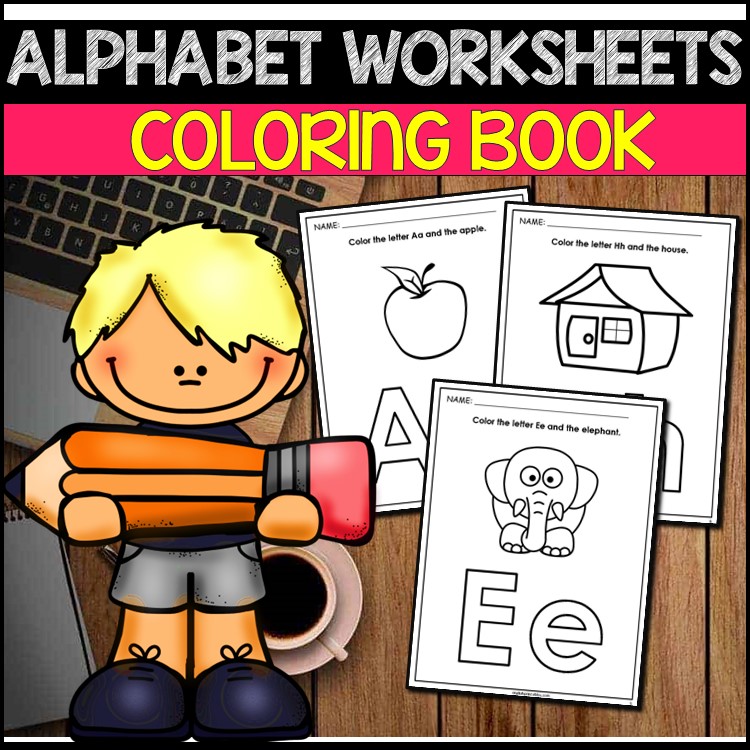
Teaching the alphabet is essential for learning to read and write. Children begin to show an interest in learning alphabet letters around the age of two. While some children pick up letters fast, others require more practice and time to master them. Today, I’m going to share some of my favorite ways to teach children the alphabet.
Before starting kindergarten, a preschooler should be aware of the following:
The alphabet should be recited or sung.
Recognize uppercase letters.
Recognize lowercase letters.
Make a match between uppercase and lowercase letters.
Traces letters and identifies the sounds they create
Make a list of alphabet letters.



Here are five of my favorite techniques to teach kids the alphabet.
- Reading Alphabet Books Is a Great Way to Start.
You can start reading alphabet books to your children as early as when they are babies. Your youngster will benefit greatly from the repetition in learning the letters at a young age. When my oldest was born, I was taken aback by the number of alphabet books that had been given to us as gifts. We enjoyed reading them all because they were so distinct from one another. Around the age of 18 months, both of my children began to love reading alphabet books. Here are a few alphabet books we have:
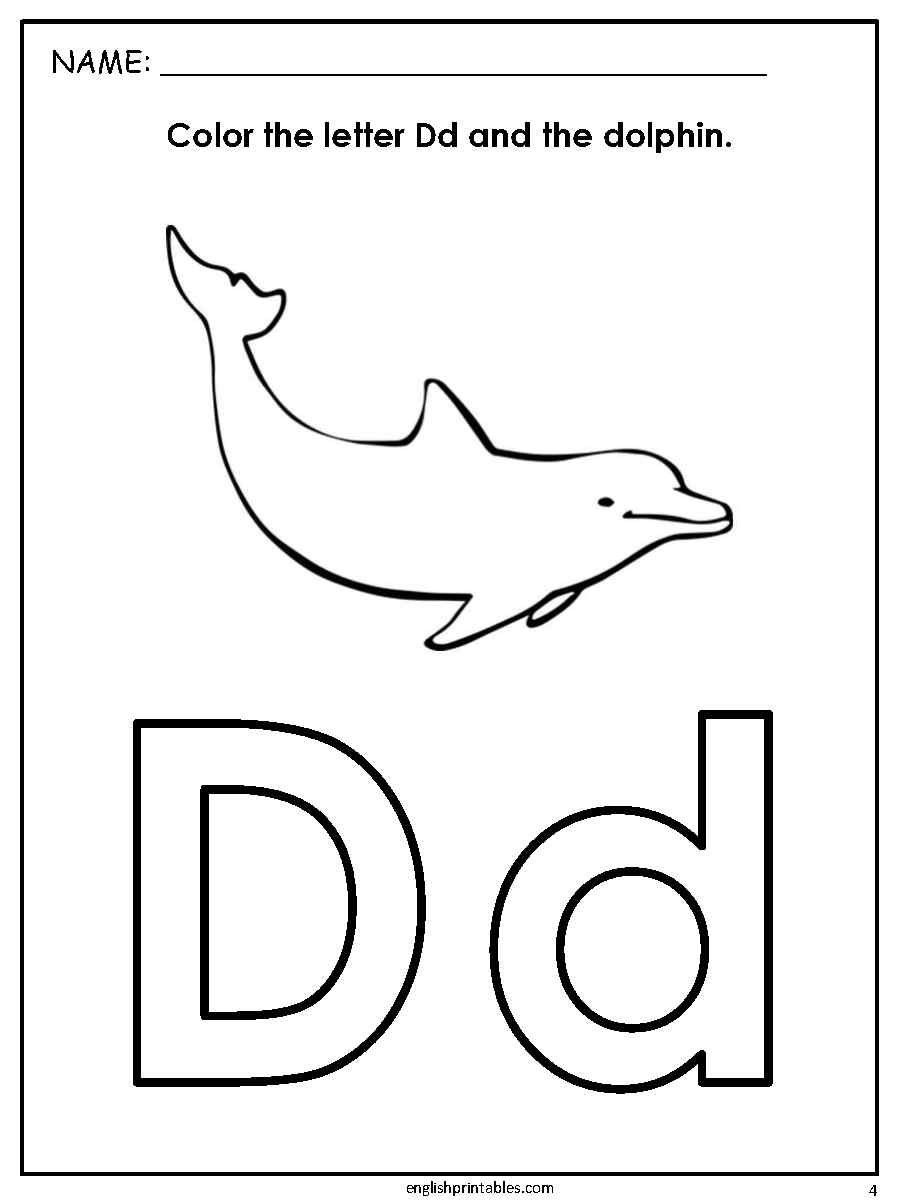


- Letters Made of Sandpaper
Sandpaper letters are an excellent way to introduce youngsters to letters. Didax Sandpaper Tracing Letters and School Supply Tactile Letters Kit are two of my favorites. Because children trace the sandpaper letters with their fingers, this is an excellent pre-writing practice. I like how the cards instruct the child on where to begin and which way to go.
The Montessori method of learning to read includes sandpaper letters. These letters help toddlers learn the alphabet in a tactile and visual way. Letters are taught to a child in the Montessori method during the three-period lesson.
The letter is introduced in the first period (“this is” period). Show the letters to your youngster. Allow them to trace the letters on the sandpaper. Telling youngsters the phonetic sound of alphabet letters is the best technique to teach them. So they say the phonetic sound each time they trace the letter.

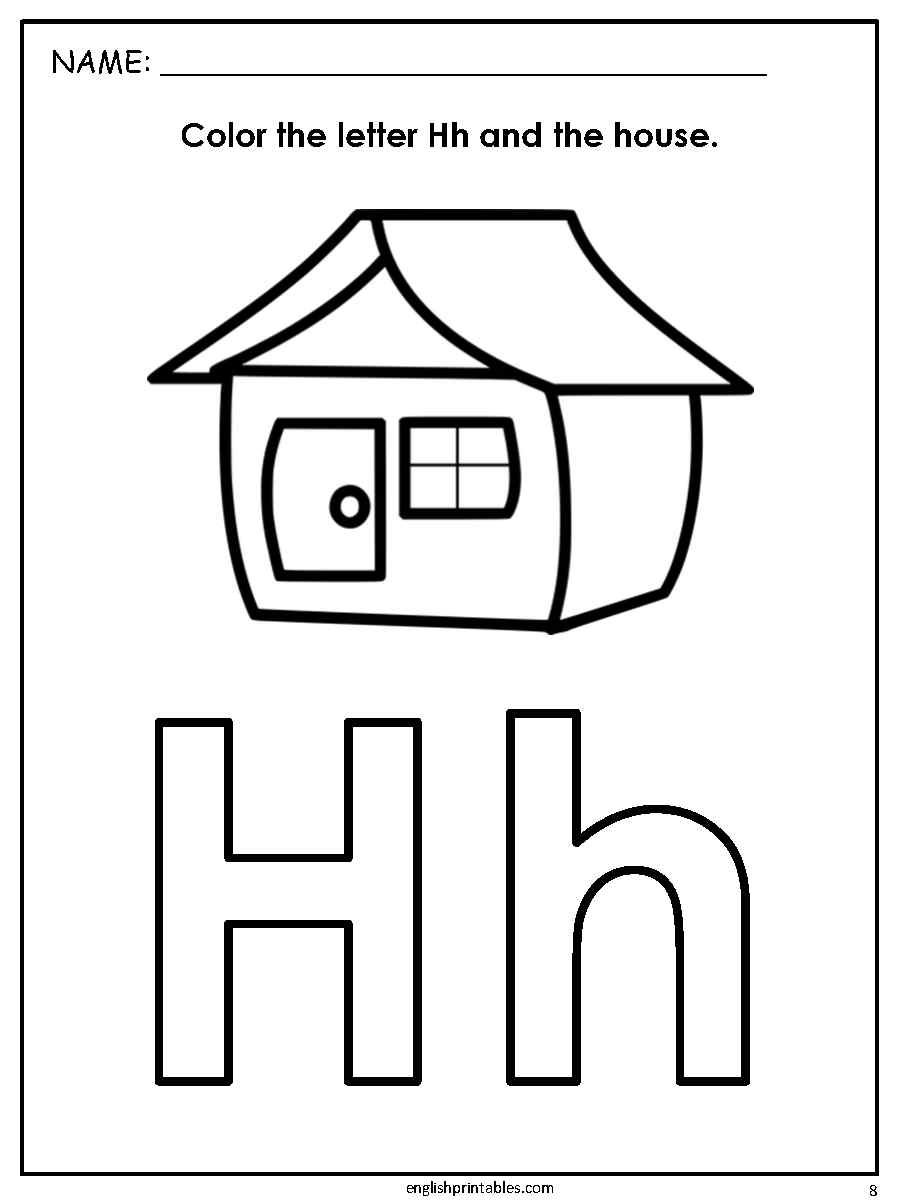
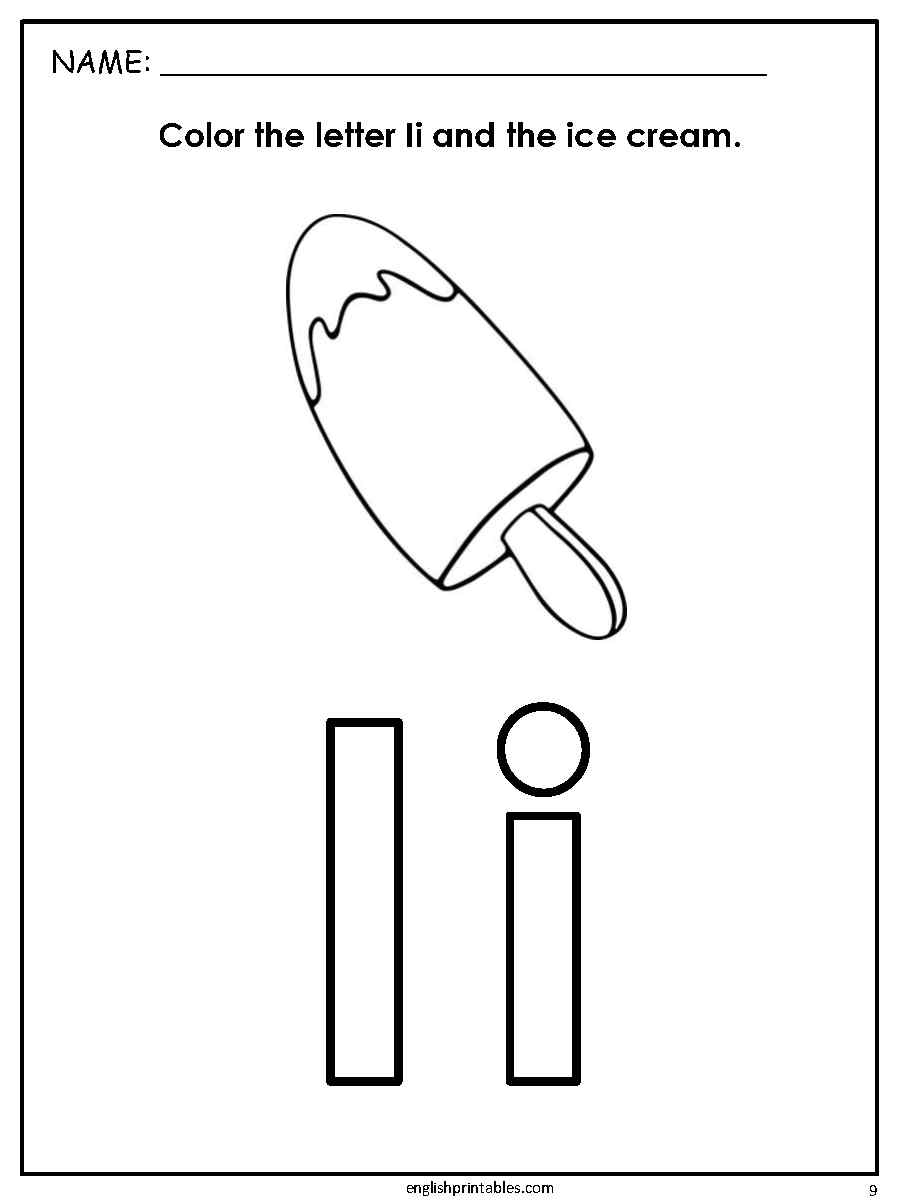
The second period is the stage of association (sometimes known as the “show me” stage). Request that your youngster use the letters to follow simple instructions. Please, for example, take the /m/ and place it near the window. To reinforce this, repeat the process with each letter multiple times. Return to the first period if it is too difficult.
The third period is recall (“what is this?”). This era should only be used when the other two have been mastered. “Can you trace this and tell me what it is?” place a letter in front of the youngster. Carry on in the same manner with the remaining letters.
You are teaching children three things when you use these sandpaper letters: the shape of letters, the feel of the shape and how it is written, and how to pronounce the sound.

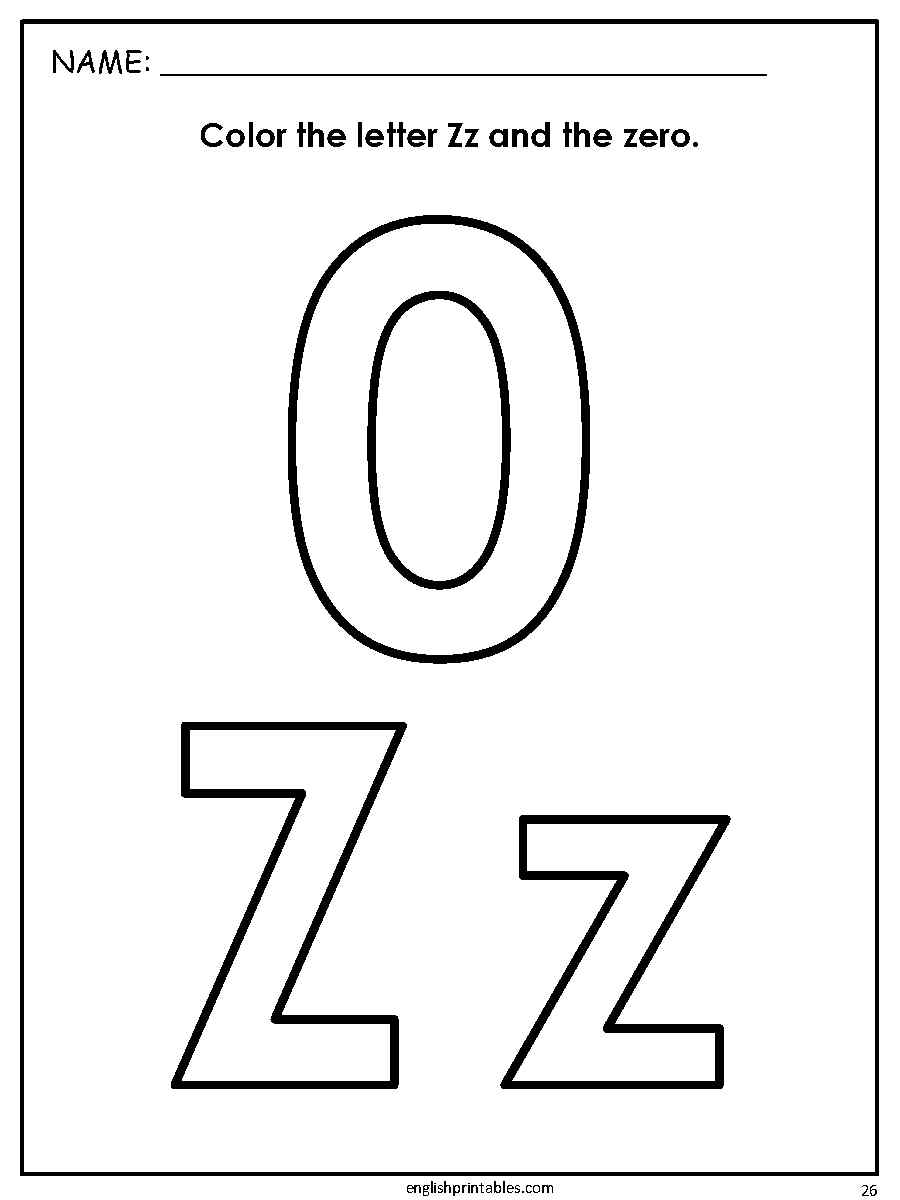

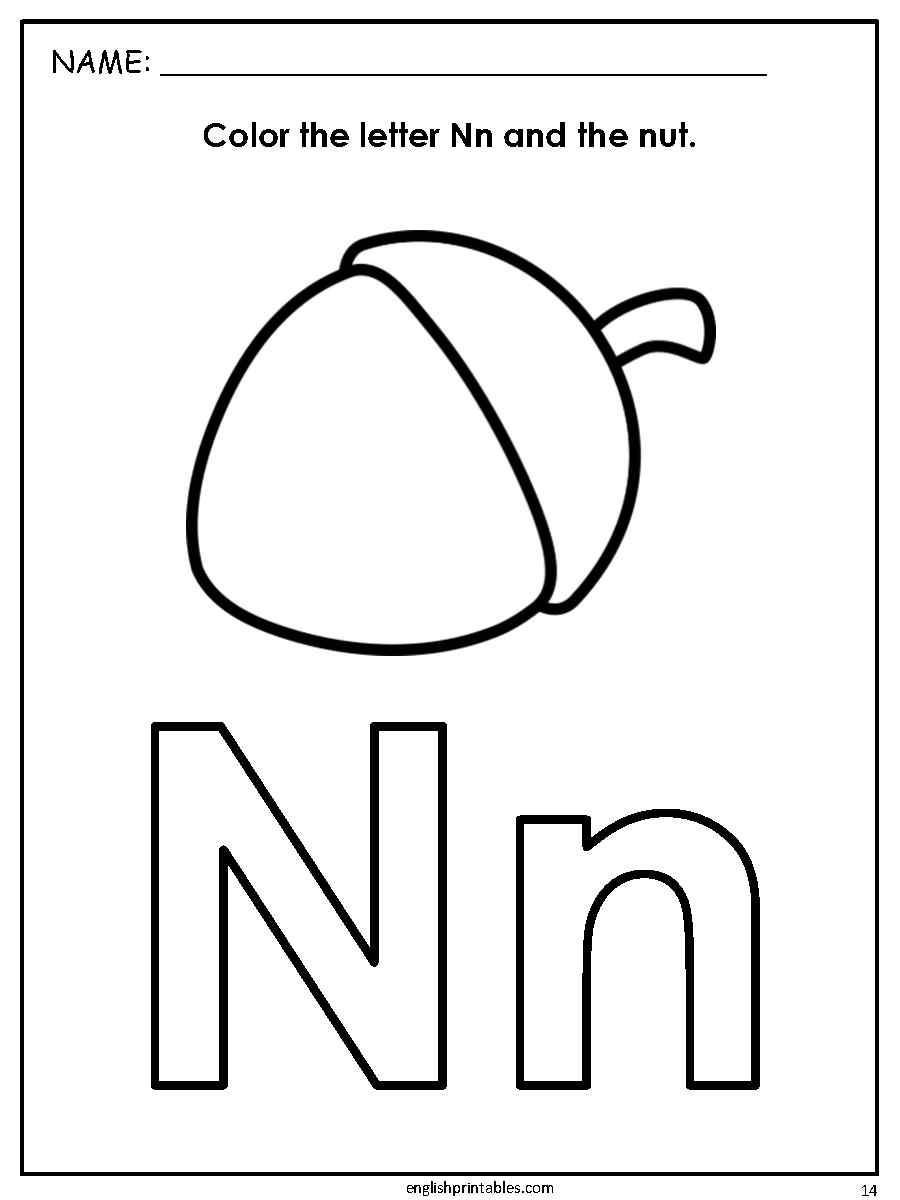
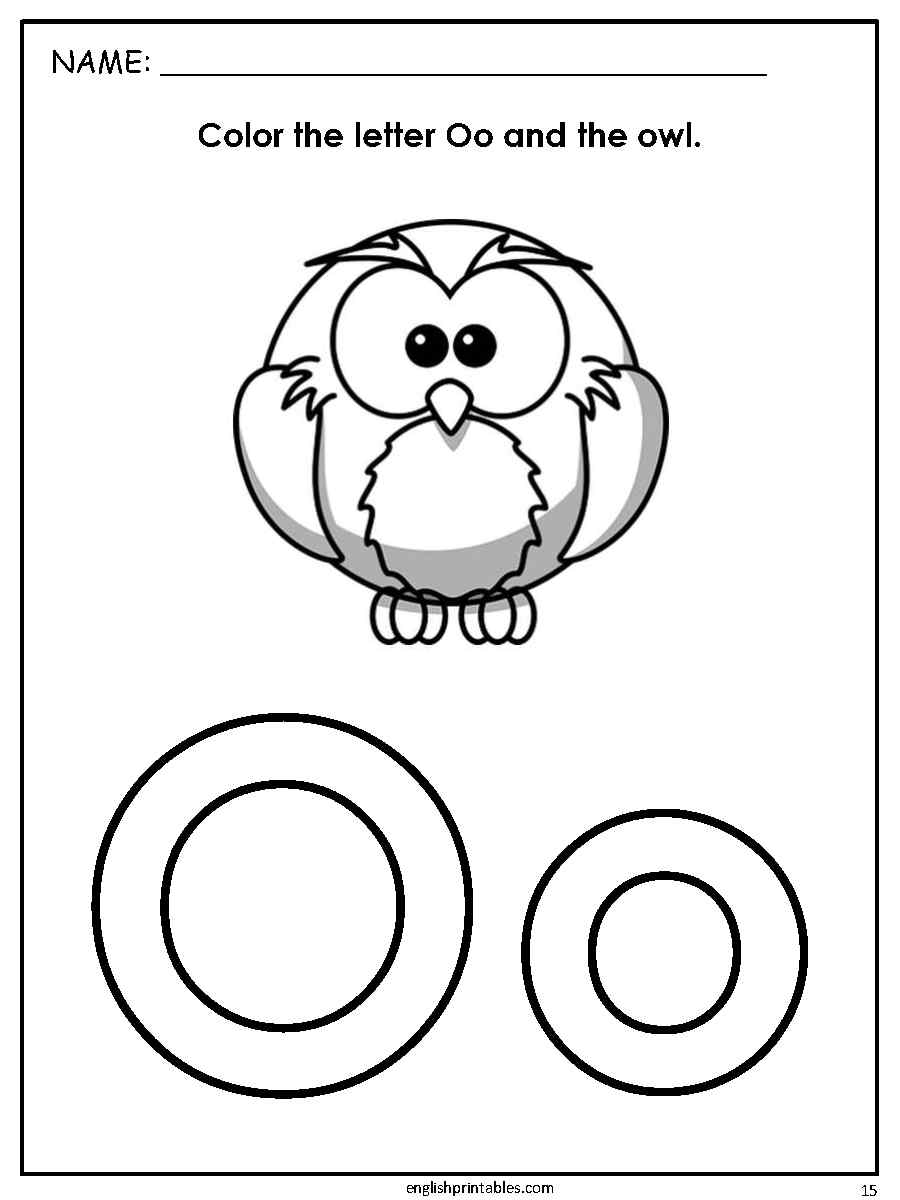
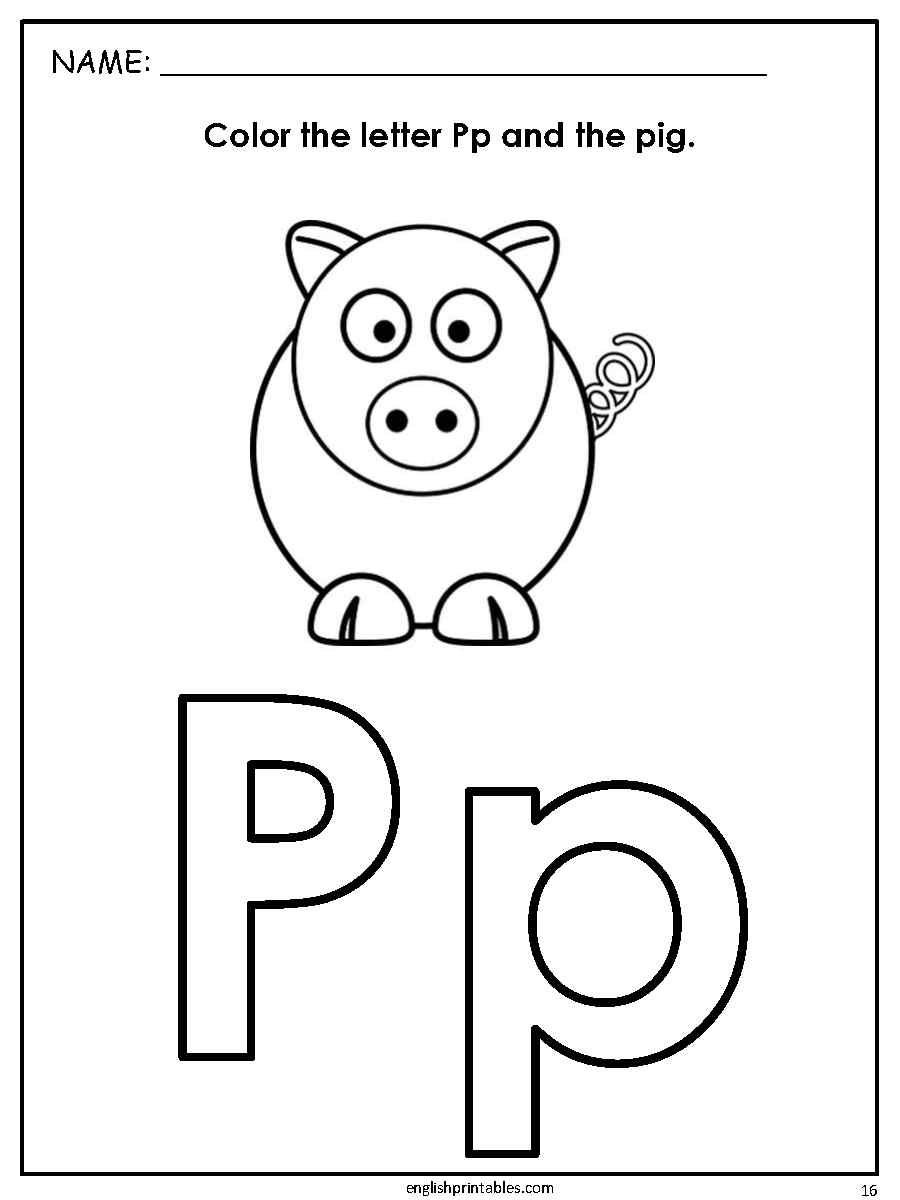
- Puzzles Based on The Letters of The Alphabet
I believe that using alphabet puzzles to teach letters is a fantastic way to learn the alphabet. This is my favorite Melissa and Doug puzzle. It’s a lovely wooden puzzle with interesting illustrations. This is also a fantastic technique to improve your vocabulary and conversational skills.
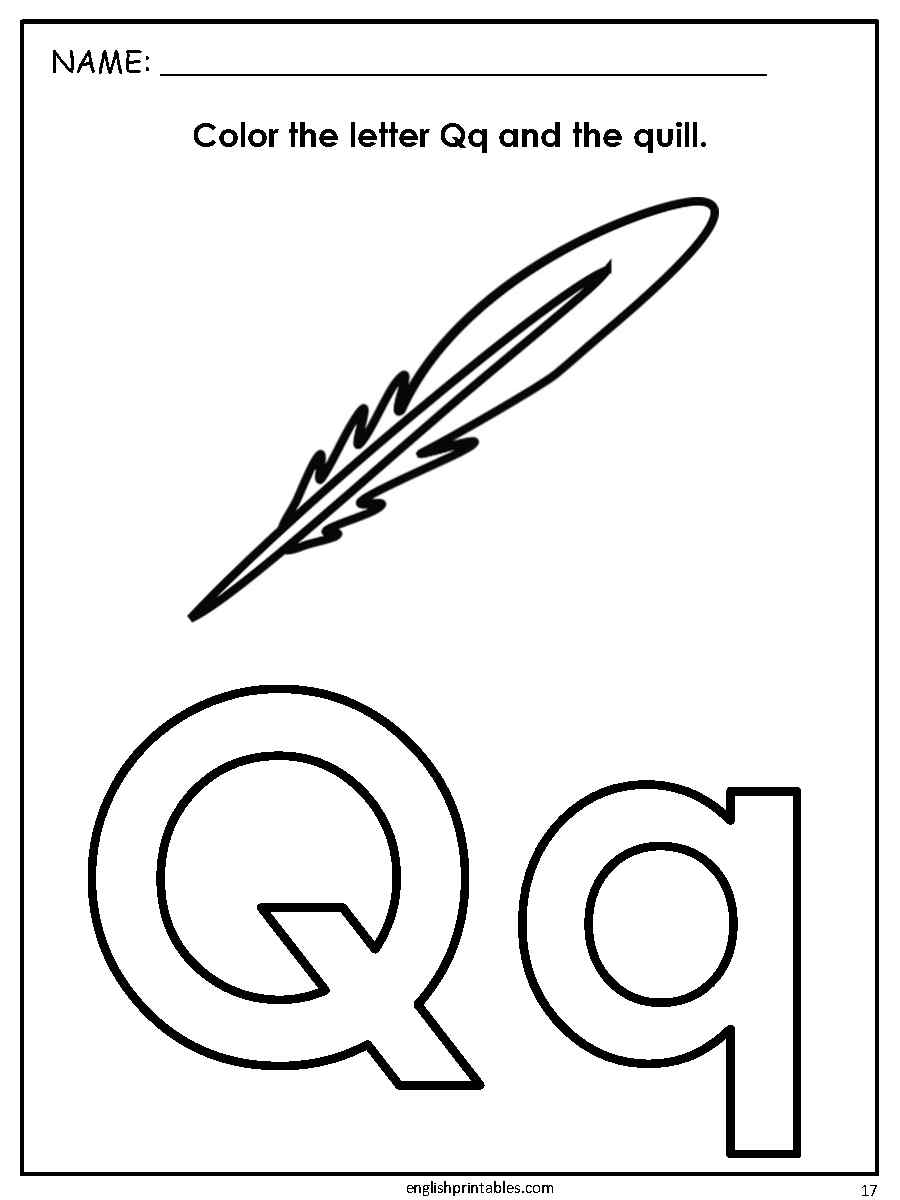

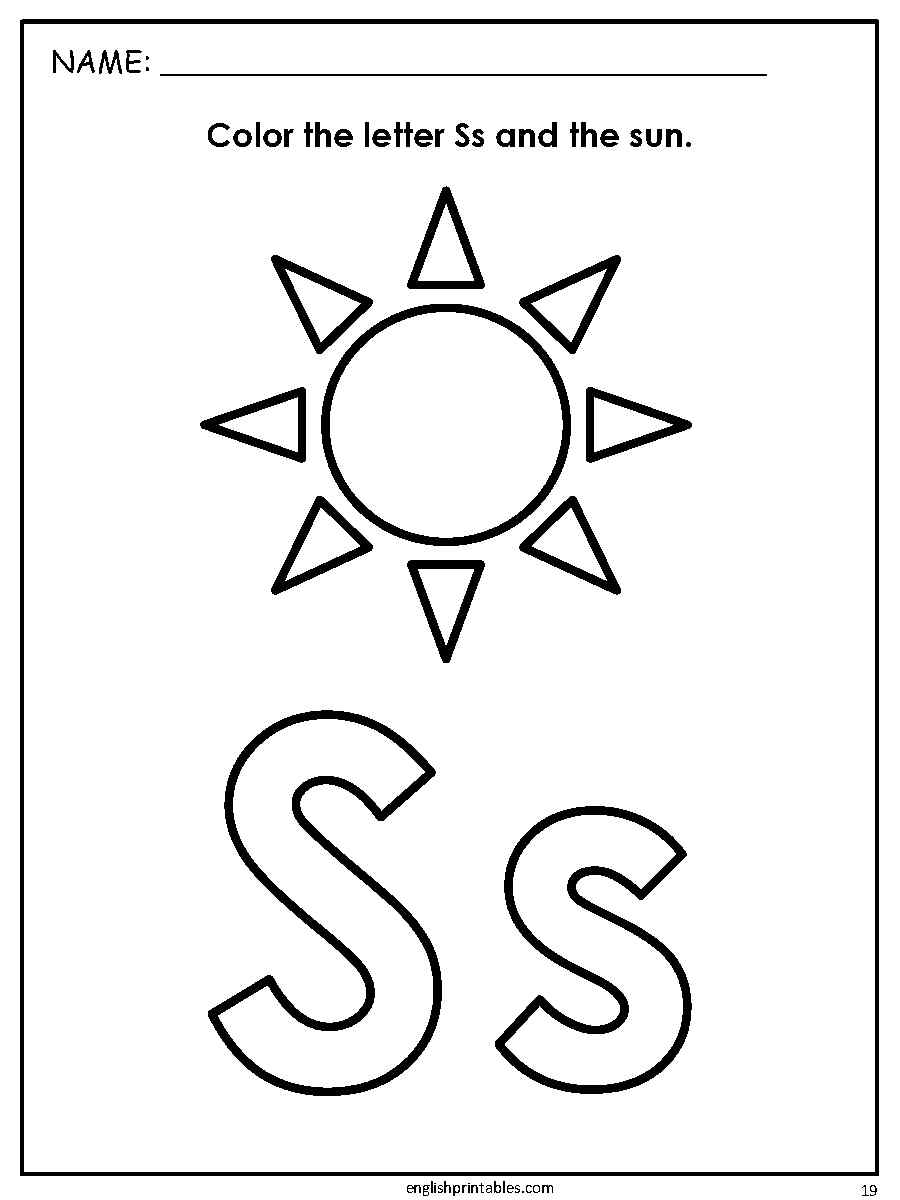
- Sensory Experiments
While some children pick up letters fast, others require more practice and time to master them. I’ve always believed that youngsters learn best when they are exposed to a variety of multisensory letter experiences.
I enjoy incorporating sensory play with alphabet letter learning. When youngsters are engaged in meaningful activities and are exposed to letter names on a regular basis, they begin to recognize letter names.



- Printable Alphabet
I enjoy using printables as a quick and simple exercise. I always advocate for hands-on learning, but it’s also wonderful to do a few paper exercises now and then. Dot markers or dot stickers are excellent for improving hand-eye coordination and fine motor skills.
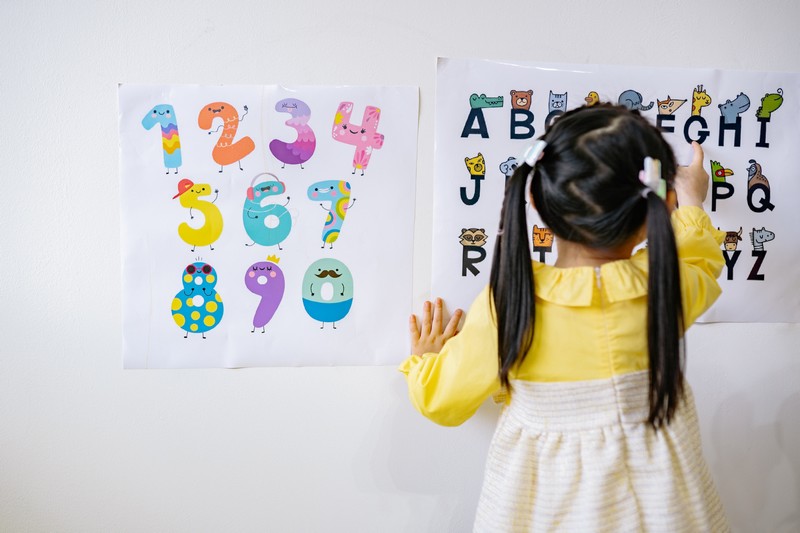
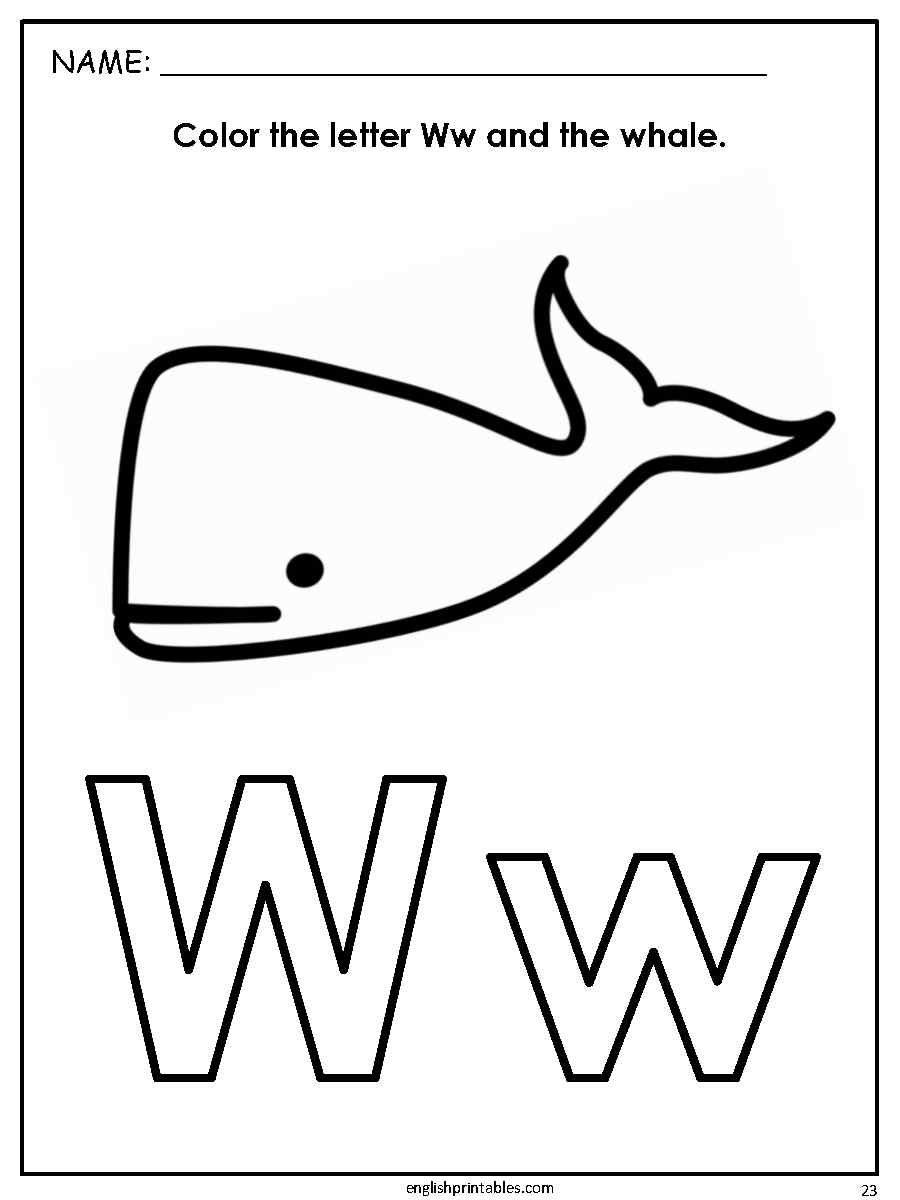
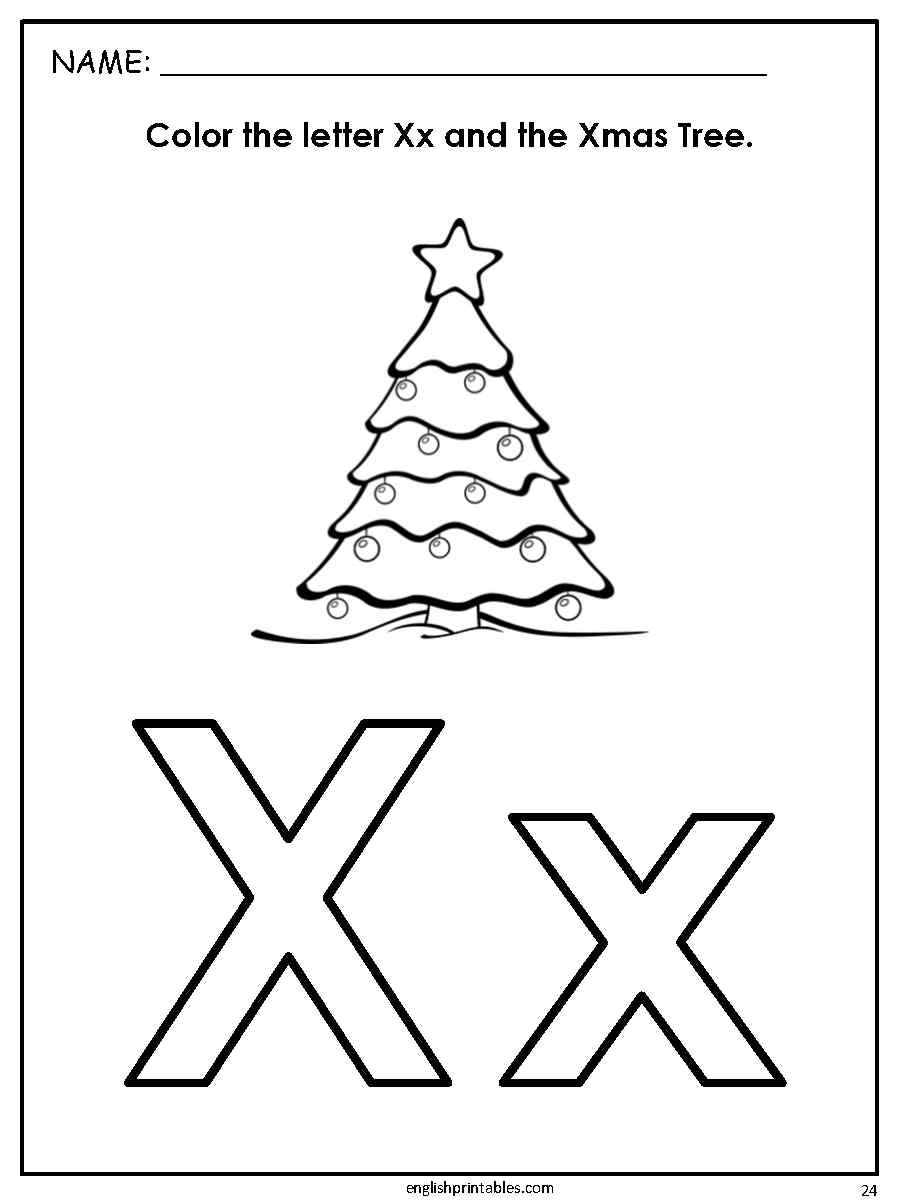




no one is like you bothers thanx.
this is just an amazing set of worksheets my kids will love to do these activities.
Awesome!
more worksheets please!